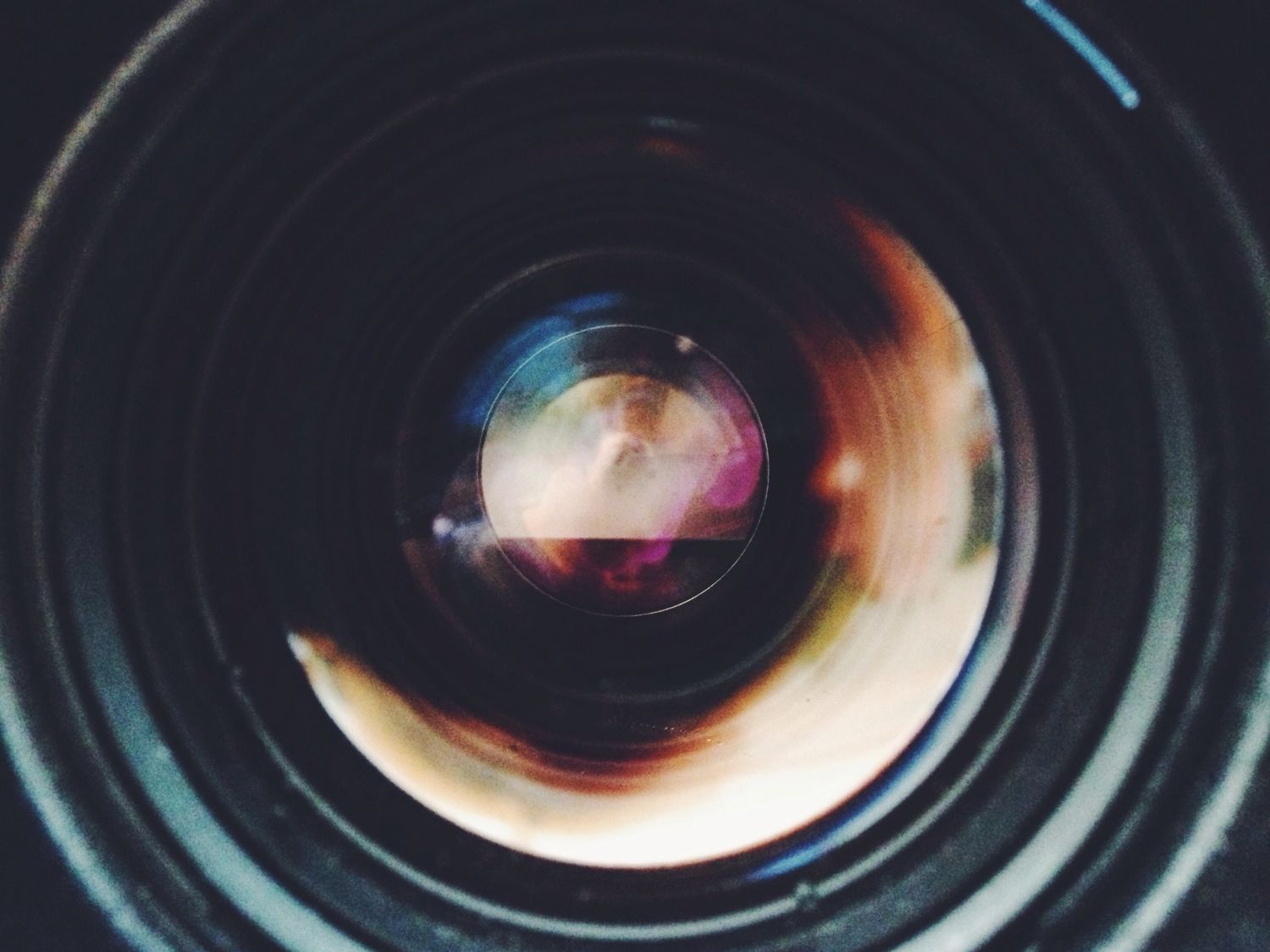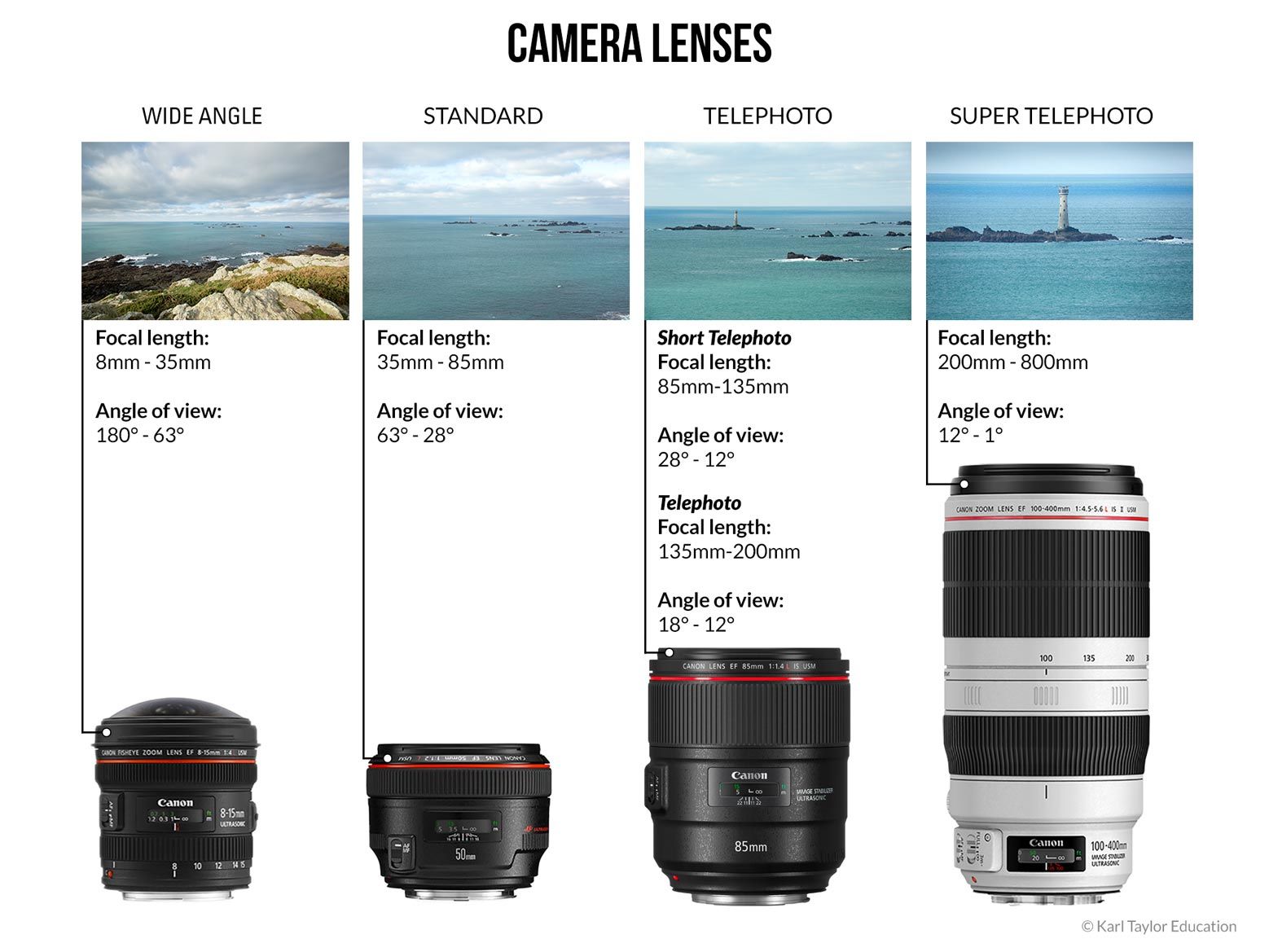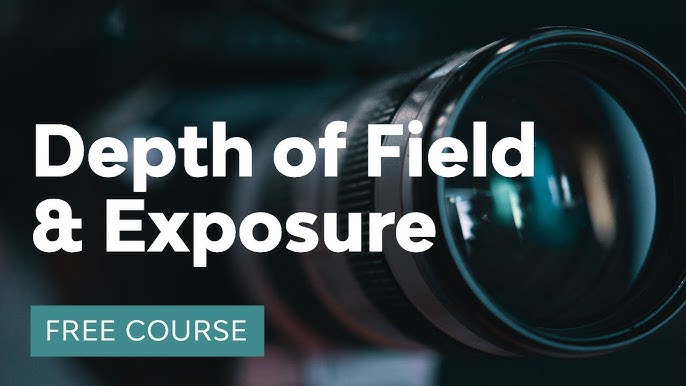Astrophotography is a captivating art that allows us to capture the beauty of celestial objects. To excel in this field, having the right prime lens is crucial. In this article, we will explore the best prime lenses for astrophotography, each offering unique advantages and suitability for different types of astrophotographers. Whether you're a beginner or a seasoned professional, there's a perfect prime lens waiting for you.

1. Circular Fisheyes
Introduction: A Circular fisheye lens provides a 180-degree field of view in all directions, resulting in a distorted spherical image.

Price: Starting from $300.
Reasons for Recommendation: Circular fisheyes are perfect for capturing the entire night sky in a single frame, delivering a surreal and immersive astrophotography experience.
Product Advantages:
- 180-degree field of view for a unique perspective.
- Excellent for capturing the Milky Way and star trails.
- Compact and easy to carry for on-the-go astrophotography.
Target Audience: Enthusiast astrophotographers who want to explore unconventional perspectives and capture wider astrophotography.
How to Use: Attach the lens to your camera, choose a suitable aperture, and set the shutter speed according to the desired effect. Experiment with different compositions and perspectives to unleash the creative potential of this lens.
2. Wide-angle Lenses (14-35mm)
Introduction: Wide-angle lenses offer a wider field of view, making them ideal for capturing vast astronomical landscapes and details.
Price: Starting from $800.
Reasons for Recommendation: Wide-angle lenses allow astrophotographers to capture stunning foreground elements along with the night sky, providing a sense of scale and depth to the images.
Product Advantages:
- Versatile range suitable for capturing landscapes and astronomical scenes.
- Excellent image quality with minimal distortion.
- Various focal lengths for flexibility in composition.
Target Audience: Landscape astrophotographers who want to capture stunning nightscapes with detailed foreground elements.
How to Use: Set the desired focal length depending on the composition, choose a wide aperture for maximum light gathering, and experiment with longer exposures to capture the details of the night sky.
3. Standard Lenses (35-85mm)
Introduction: Standard lenses provide a natural field of view, making them suitable for capturing detailed shots of celestial objects.
Price: Starting from $1000.
Reasons for Recommendation: Standard lenses are versatile and can capture detailed shots of the moon, planets, or specific star clusters with minimal distortion.
Product Advantages:
- Excellent for capturing fine details of celestial objects.
- Adequate focal lengths for astrophotography versatility.
- Superior image quality and minimal aberrations.
Target Audience: Astrophotographers who focus on capturing specific celestial objects with maximum detail and minimal distortion.
How to Use: Set the desired focal length depending on the object being photographed, choose an appropriate aperture for optimal sharpness, and use manual focus for precision.

4. Telephoto Lenses (85-400mm)
Introduction: Telephoto lenses offer an extended range and magnification, enabling astrophotographers to capture distant galaxies, nebulas, and other deep-sky objects.
Price: Starting from $1500.
Reasons for Recommendation: Telephoto lenses excel in capturing distant and faint deep-sky objects, allowing astrophotographers to explore the vastness of the universe.
Product Advantages:
- Allows detailed capture of distant galaxies, nebulas, and other deep-sky objects.
- Excellent for capturing specific features or regions within the night sky.
- Superior image quality and excellent light gathering capabilities.
Target Audience: Advanced astrophotographers who want to delve into deep-sky astrophotography and capture fine details of distant celestial objects.
How to Use: Set the desired focal length depending on the object, choose an appropriate aperture for optimal sharpness, and mount the camera on a stable tripod for long-exposure captures.
FAQs - Best Prime Lens for Astrophotography
Q1. Can I use a zoom lens for astrophotography?
A1. While zoom lenses are versatile, prime lenses generally offer better image quality, wider apertures, and optimized designs specifically for astrophotography.
”P2. ¿Cuál es la apertura ideal para la astrofotografía?
A2. Para la astrofotografía, se recomienda utilizar aperturas más amplias (números f más bajos) como f/2.8 o incluso más amplias para recopilar más luz y capturar objetos débiles.
P3. ¿Qué tan importante es la estabilización de imagen para la astrofotografía?
A3. La estabilización de imagen puede ser beneficiosa para tomas realizadas a mano, pero para la astrofotografía de exposición prolongada, un trípode estable y un disparador remoto son esenciales.
P4. ¿Son preferibles los lentes de enfoque manual para la astrofotografía?
A4. Los lentes de enfoque manual brindan un mejor control y precisión, permitiendo a los astrofotógrafos enfocar con precisión los objetos celestes y evitar problemas de búsqueda de enfoque.
P5. ¿Puedo utilizar lentes prime en diferentes marcas de cámaras?
A5. Los lentes prime están disponibles para varios montajes de cámaras, incluyendo Canon, Nikon, Sony y más. Asegúrese de que sean compatibles antes de comprarlos o considere utilizar adaptadores adecuados.
En conclusión, la elección del mejor lente prime para la astrofotografía depende de sus requisitos específicos, presupuesto y del tipo de astrofotografía que desee realizar. Al comprender las características, ventajas y público objetivo de diferentes lentes prime, puede tomar una decisión informada y embarcarse en un cautivador viaje hacia el cosmos.
